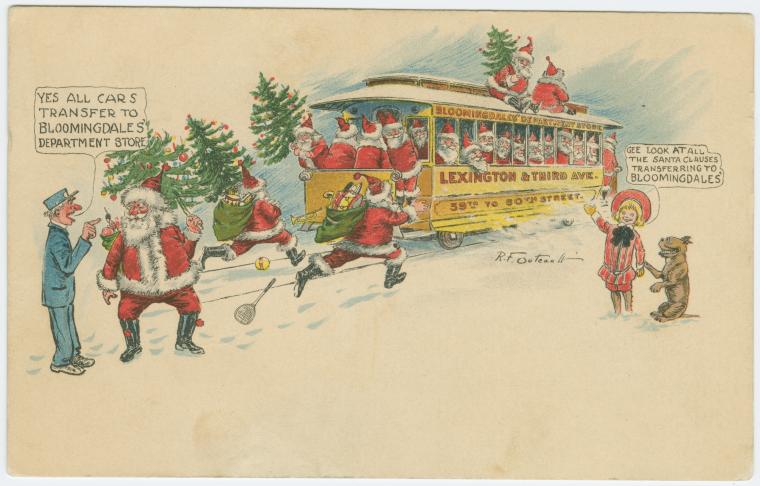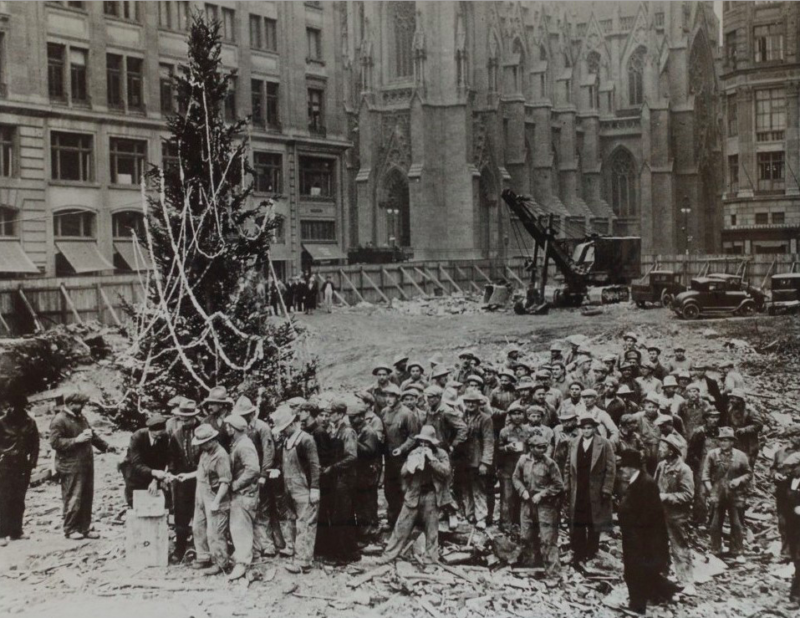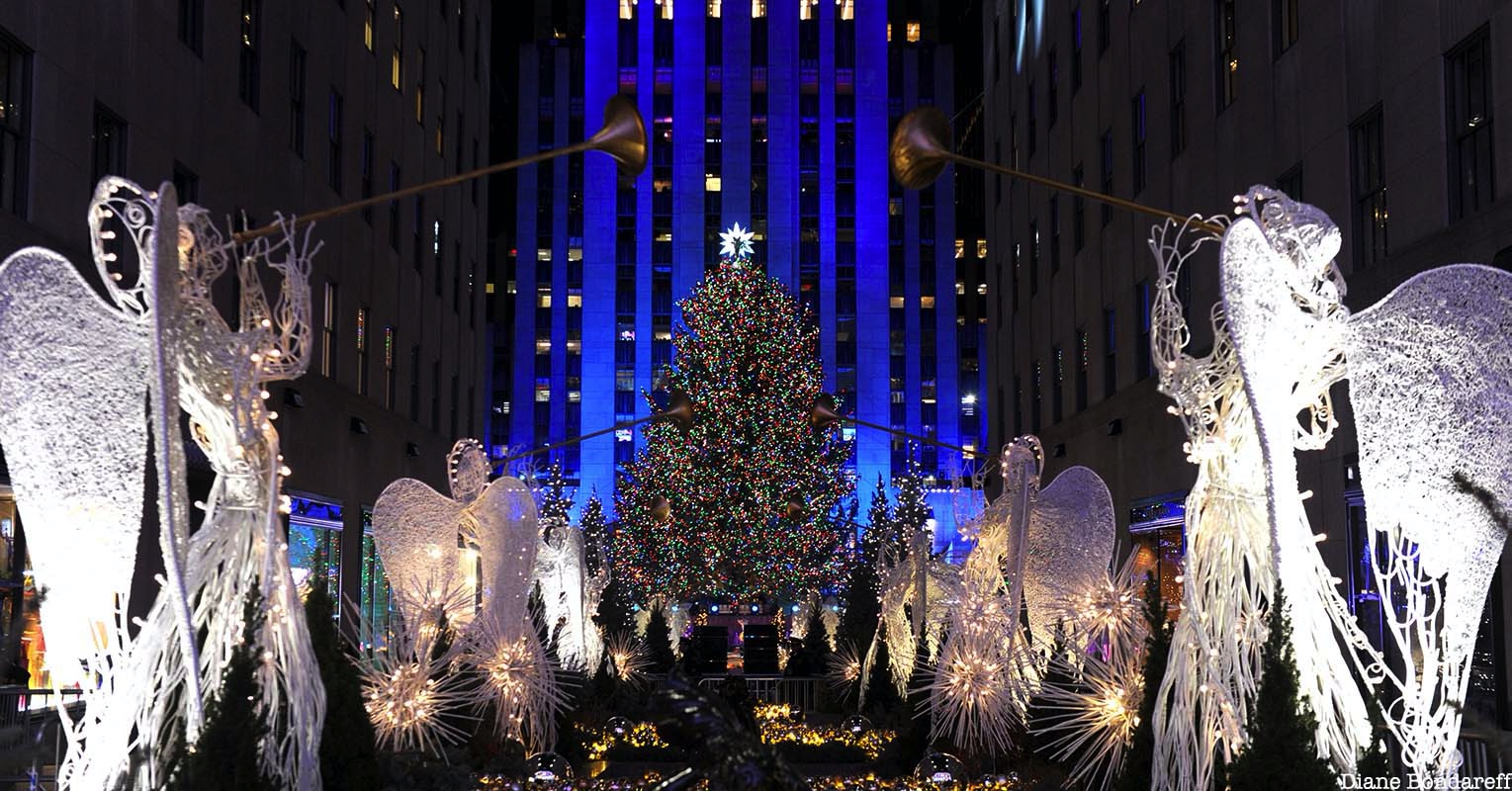While many New Yorkers know about the Rockefeller Center Christmas Tree and the Radio City Rockettes, fewer know about New York City’s role in defining modern Christmas traditions. The American Christmas tradition began developing around the time of Dutch New Amsterdam when Dutch settlers brought their Christmas traditions to Manhattan.
At first, many Puritan communities in Massachusetts Bay rejected the holiday outright, noting how there was insufficient proof that Jesus Christ was born on December 25. But in New Amsterdam, the holiday was widely celebrated on what they called Kerstydt. What was perhaps the more popular holiday was Sinterklaas, in which people filled children’s shoes with gifts by St. Nicolas on December 6. These traditions were widespread, and many businesses closed for weeks during the Christmas season, much to the displeasure of Peter Stuyvesant. Christmas and Sinterklaas fused into one holiday, and it continued even after the Dutch left Manhattan in 1664.
New Yorkers can thank Washington Irving for a number of Christmas traditions, describing St. Nicholas as the patron saint of New York. Although the work was merely just a comic recounting of Dutch New York, he noted how the first Dutch ship to arrive in New York featured an image of Nicholas, as well as how he would arrive on horseback on the eve of December 6.

Additionally, Clement Clarke Moore, whose family owned Chelsea, wrote the poem “An Account of a Visit from St. Nicholas,” in which he borrowed from Irving’s descriptions to describe St. Nicholas as “a right jolly old elf.” The reindeer-loving saint first appeared in The Troy Sentinel in New York on December 23, 1823, although Moore likely did not author the poem himself but rather came up with the story. The poem was alternatively known as “‘Twas the Night before Christmas.” Just a few years later, R.H. Pease of Albany printed America’s first St. Nicholas cards, which were distributed on December 25 and not December 6.
Although over a dozen states recognized Christmas as an official holiday by the 1860s, much of the imagery surrounding Christmas did not develop until Thomas Nast‘s Harper’s Weekly cartoons in which Santa wears his bright red suit with his elves. Nast took inspiration from Moore’s descriptions of Santa, drawing him like an elf. These drawings served as inspirations for Coca-Cola’s illustrations 50 years later. A few years before Nast’s drawings, New York began the tradition of selling poinsettias beginning in 1870. Yuletide sleigh rides were also very popular in the late 1800s. And Santa made his appearance starting in 1920 at the Gimbel’s Thanksgiving Parade and in 1924 at the Macy’s Thanksgiving Day Parade.

In 1912, one of the first public Christmas trees in the country was put up in Madison Square Park, nearly two decades before the first Rockefeller Center Christmas Tree. On Christmas Eve in 1931, workers at the Rockefeller Center construction site bought a Christmas tree together to lift their spirits during the Great Depression. The men received their paychecks at the 20-foot tree, decorated with strings of cranberries and garlands. The first official lighting ceremony took place in 1933 with a 50-foot tree. The tree was left unlit during the 1944 wartime blackout, while the large tree was replaced with three small trees in 1942.
Next, check out the first Rockefeller Center Christmas Tree started by site construction workers!






